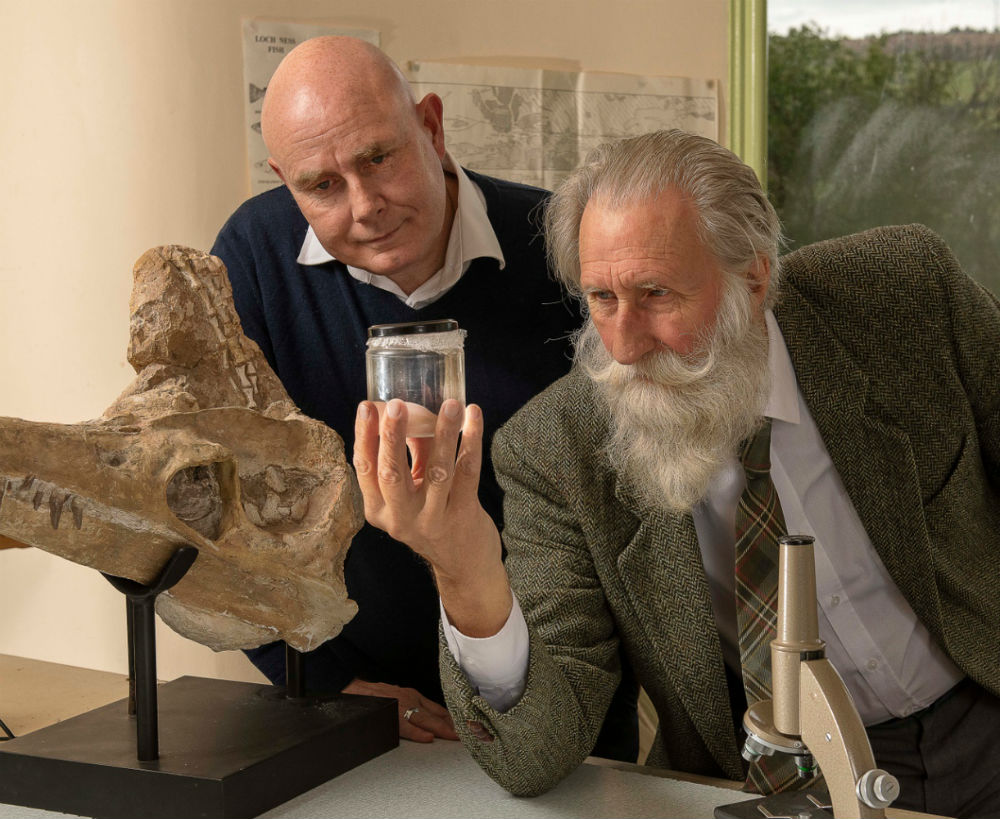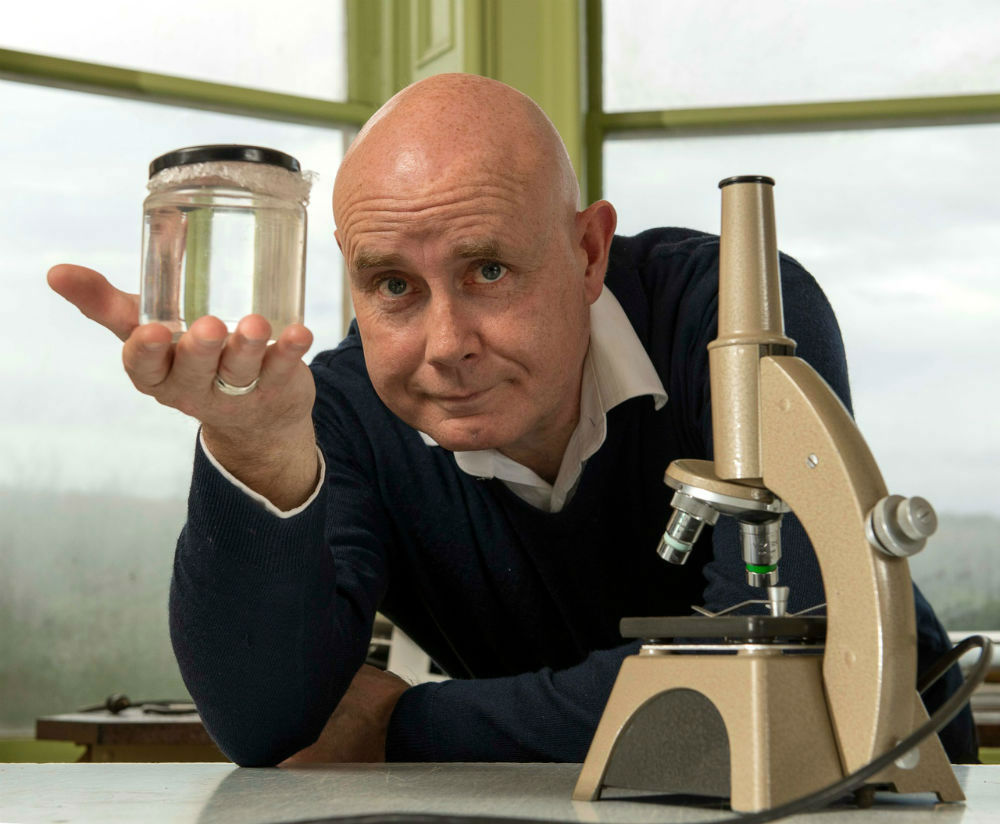VisitScotland has welcomed a DNA investigation into the fascinating watery inhabitants of Loch Ness as researchers revealed their findings on 5 September
Professor Neil Gemmell of the University of Otago in Dunedin, New Zealand, who led a global group of scientists, unveiled results of the study at the Loch Ness Centre and Exhibition, Drumnadrochit.
Loch Ness and the ‘Nessie’ phenomenon is worth millions to the Scottish economy.
Hundreds of thousands of visitors travel to the loch and Drumnadrochit every year to catch a glimpse of the mythical monster.
At over 22 miles long, Loch Ness encompasses a huge variety of experiences to tempt our visitors, including boat trips, award winning visitor attractions, local artisan food and drink producers and accommodation that offers the best of Highland hospitality.

VisitScotland recently welcomed the newest addition to the area, the LochNess 360 trail which provides walking and cycling opportunities, allowing visitors to experience the stunning scenery right around the Loch.
VisitScotland Regional Leadership Director Chris Taylor said: “Loch Ness and the mystery surrounding the elusive monster has fascinated visitors for years. It is a story that transcends Scotland and has become part of popular culture across the world, with appearances on television and in films, from The Simpsons to Missing Link, providing inspiration for millions.
“This scientific investigation, led by Professor Gemmell, into the inhabitants of one of Scotland’s largest lochs has once again shone a spotlight on the Highlands. Its findings will provide further insight into what lies beneath but questions still remain, and visitors will, no doubt, continue to be drawn to the loch to seek the answers for themselves. With the Year of Coasts and Waters just around the corner it is a reminder of the international appeal of Scotland’s unique and unrivalled waterscapes.
“Our lochs, rivers and canals play an important part in the visitor experience, offering enticing walks to stunning waterfalls, boat trips, fishing opportunities and all manner of outdoor adventures including the latest trend for wild swimming.”
Professor Gemmell led the team which includes Adrian Shine from the Loch Ness Project who has conducted previous research on the loch, Professor Eric Verspoor, director of the Rivers and Lochs Institute at Inverness College University of Highlands and Islands (UHI), and molecular ecologist Lucio Marcello from UHI.

Adrian Shine, Leader of the Loch Ness Project, said: “Prof. Gemmell’s environmental DNA survey of Loch Ness has furnished us, at a stroke, with species lists, to compare with those we have compiled over the last forty years with net and microscope. This powerful yet elegant technique has also brought a new maturity to the popular debate about what much larger creatures might sometimes be seen here.”
250 water samples were taken from the length, breadth and depth of Loch Ness, UK’s biggest loch by volume freshwater.
The DNA from those samples was extracted and sequenced, resulting in around 500 million sequences that have now been analysed against existing databases.
It is not the first investigation into the depths of Loch Ness.
In 2016, a 30-foot long Loch Ness Monster model used in the 1970 film The Private Life of Sherlock Holmes was found on the loch bed.
Previous investigations also have uncovered a crashed Wellington bomber from the Second World War, a 100-year-old Zulu class sailing fishing vessel and parts of John Cobb’s speed record attempt craft Crusader which crashed in 1952.

